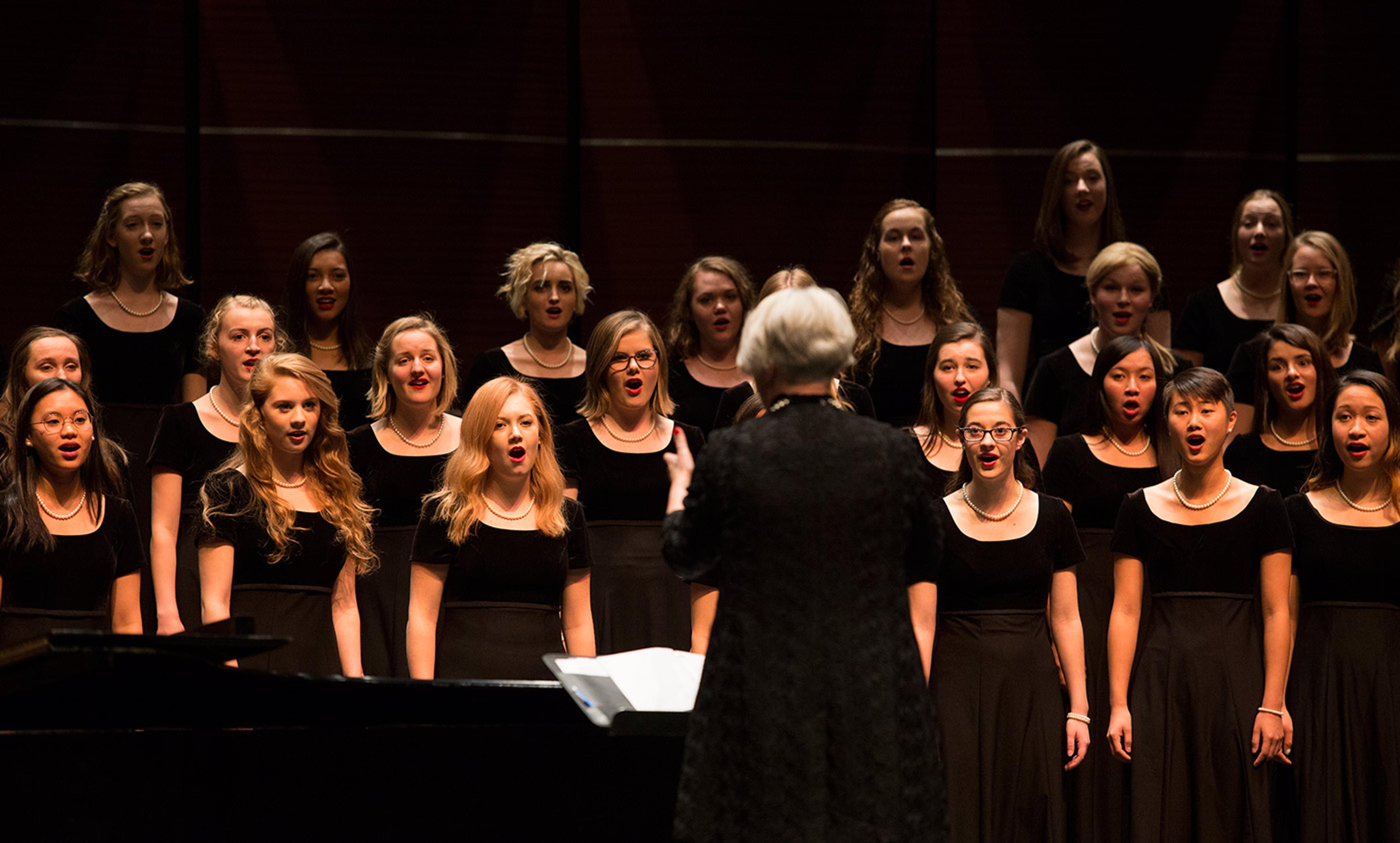Photo by Mayur Patel
We are surrounded by cultural products: cities, technologies, the arts and music. But culture is also deep inside us, in our ability to speak, in our sense of belonging, in our values. The capacity of our brain to adapt to and integrate culture is what makes us human: from birth, your mind was set to absorb concepts, technologies and social conventions that accumulated over thousands of generations. Feral children, deprived of human society during early life, can rarely recover, and often remain dysfunctional throughout their lives. In contrast, a socially isolated kitten will develop into a fairly normal, functional cat.
Yet cultures can be seen (and heard) in many non-human animals. Studying them reveals some of the mechanisms through which our own culture has evolved. Cultures are not just the passive accumulation of customs and traditions; they are formed, and then sustained by a fine balance between social forces. And we can learn from other species about the biological origin of those forces – as well as how these forces are now shaping the future of our culture.
What are the social forces through which cultures come about? Culture often starts with an innovation by one animal, which then spreads, as neighbours adopt and modify the successful behaviours they observe. Some cultures, like social norms, are sustained by obedience. Individual vervet monkeys, for instance, can learn fast, but as a group, they have rigid norms: some food is allowed, while other, perfectly good food is strictly avoided. When juvenile males migrate to a new group, they promptly drop their old feeding habits and obey the new group’s norms, with almost 100 per cent conformity.
Other cultures are more flexible and dynamic. Humpback whales have distinct song cultures, which spread over thousands of miles across the oceans. These cultures, however, are unstable and don’t last long: popular songs quickly go out of fashion in favour of the latest hit. For a culture to accumulate, it must occupy a sweet spot between high conformity and instability. This seems to be the case in many human cultures, as well as in some of the most complex and elaborate cultures in the animal world: birdsongs.
Walk outside and listen to the birds singing. With some experience, you will be able to identify bird species by ear. More difficult, if not impossible, would be to identify individual birds by their unique song: this is how songbirds themselves often recognise each other. Indeed, some birds alter their song to convey different messages. They can, for example, communicate higher or lower aggression by answering a neighbour’s song with a more- or a less-similar counter-song. Birdsong is not only about attracting mates and defending territories. In some highly social songbirds, songs can be ‘friendly’. And perhaps most mysterious is the beauty of birdsong: can songs elicit emotions in other birds, as music does in humans? We don’t know yet but, like music, birdsong is a cultural phenomenon.
Juveniles acquire their songs by imitating the songs of adults. In this way, the vocal repertoire of one generation of birds is culturally transmitted to the next. The accumulation of song imitations over many generations can create local ‘song dialects’ that can remain stable for decades. In many temperate-climate species, only males sing but, even then, females have an important role in cultural transmission: they can instantly tell a local male from a foreigner by his dialect (and yes, they often prefer the locals).
What mechanisms allow birdsong cultures to accumulate, instead of collapsing into either high conformity or chaos? In the lab, the emergence of song culture can be studied by establishing a new songbird colony, starting with an isolated bird that never had an opportunity to learn a song from an adult tutor. This new song will be abnormal: isolated songs are often not even recognisable as belonging to the species. Juvenile birds, however, will readily imitate the abnormal song of their isolated colony founder, as will their offspring. But with each generation, the songs become slightly more similar to the typical species ‘format’, and within four generations a culture of wild-type songs will emerge de novo. This is because birds have an innate sense of aesthetics: while imitating a song, the bird modifies it a little to make it sound ‘right’.
These modifications accumulate slowly over generations, but it is possible to accelerate them by raising a bird in the company of a singing bird robot that is programmed to imitate the bird. The juvenile will first improvise a song, the robot then imitates him, and the bird reciprocates by imitating the robot’s song, and so forth. This recursive feedback loop allows an isolated bird to develop a fairly normal song over time. Songbirds are therefore capable of ‘jump starting’ their species-typical song culture from any arbitrary starting point. This innate converging-force leaves plenty of room for dialects, but prevents song cultures from drifting too much, or from becoming chaotic.
What is it then that prevents song cultures from collapsing into high conformity? Three mechanisms promote the diversity of song repertoires: first, some songbird species tend to imitate rare syllable types more readily than abundant song elements. Also, genetic diversity and song diversity are correlated, so migration across populations can sustain a richer repertoire. And finally, in territorial songbirds, leakage of song dialects can occur across dialect boundaries. From those boundaries, new song elements can propagate through spatial communication networks.
There are parallels between the social forces that sustain human and songbird cultures. Compare, for example, a rare syllable type in a birdsong dialect to a rare (minority) public opinion in your country. In both cases, features of the communication network can determine the fate of the rare morph. Behaviours in ‘highly connected’ social networks (such as Twitter) tend to converge onto a single social convention. Through such networks, people might be coordinating their behaviours without knowing it. Connectivity patterns of social networks can determine if a minority opinion would ‘survive’ an online deliberation. Some types of networks (such as Facebook) tend to create disconnected bubbles, potentially blocking diffusion of public opinion across social classes.
But as opposed to songbird culture, which evolved over millions of years, we are now communicating via networks of unprecedented scales and complexity, without the shield of evolutional adaptation. The internet enabled an explosive accumulation of public goods through the altruistic sharing of knowledge and arts. But it promotes instability by amplifying disinformation and extremism. The future of our cultures might depend on sustaining a balance between converging and diverging social forces, despite rapid changes in our communication ecologies.
Is it feasible to endow some of our online communication ecosystems with the kind of continuous, smooth and stabilising feedback loops that sustain natural cultures? I once volunteered to design a reporting system for everyday issues with our institutional services. We set up a website for reporting problems, and prompted users to score service outcomes. As expected, scores were low. Publishing them would only discourage everyone. Instead, we presented graphs showing short-term trends of satisfaction with service outcome. This way, the feedback signal became continuous and smooth, and we could regulate delays and sensitivity to change to guide the accumulation of improvements in small steps. We found that even such a simple intervention promoted, over years, voluntary cooperation between blue- and white-collar employees.
Virtual-world experiments are another approach for studying social feedback. Imagine programming a virtual city, and recruiting many subjects to play different roles in providing and using simulated public services. In such controlled environments, it would be easy (and safe) to experiment with feedback mechanisms. One could then try different approaches for feedback regulation and information-sharing, and measure how shifting the balance between converging and diverging social forces might affect the accumulation of social learning, stability and cooperation.
We can learn from songbirds how to use social feedback and recursions to guide improvements in small steps, over iterations. The challenge is to channel activism away from the wild (and mostly futile) social dynamics of echo chambers and internet-storms. Insight from how songbirds balance their cultures could help us figure out how to develop platforms where public opinion is balanced, ideas and petitions can evolve, and where feedback and deliberation can become more constructive.
Social movements of the kind that shaped our current society can no longer create protected environments for trying new ways of life. In contrast to ideological interventions, experimenting with low-level mechanisms that allow cultures to sustain diversity, stability and cooperation is just a potential technology. If used for doing good, such an approach might enable us to self-govern a little better.






